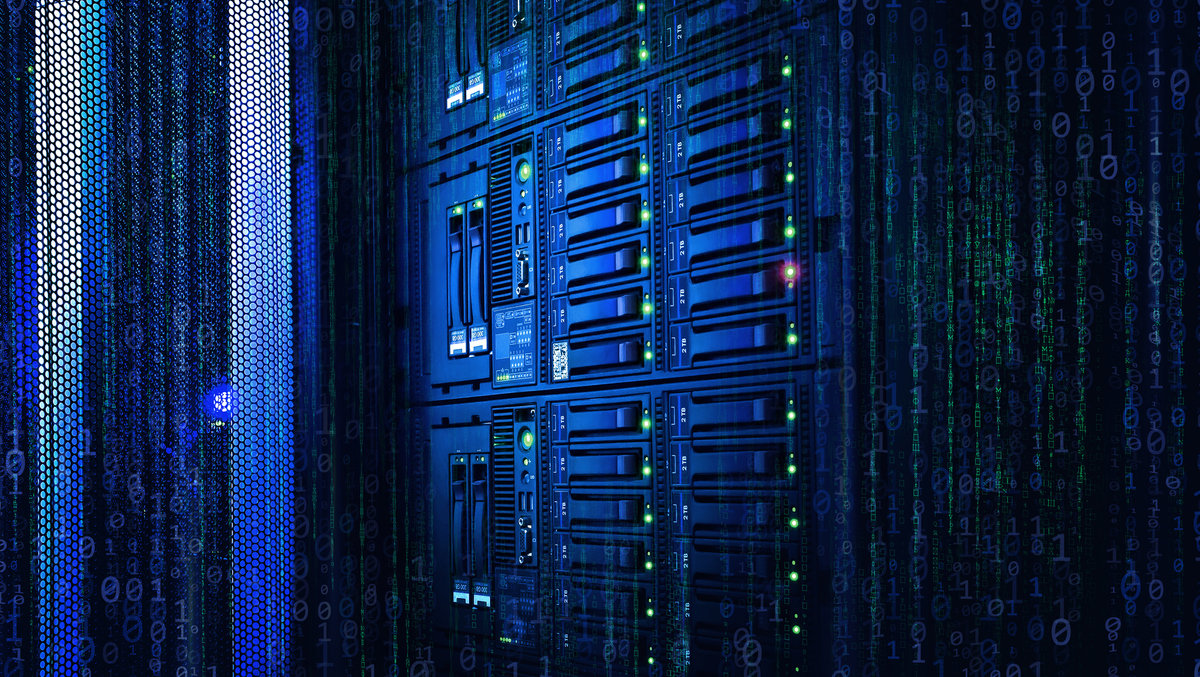Whether your business is expanding or you’re ready to upgrade, there will come a time when a business will need to look into choosing a server. How do you choose the right one?
It’s a decision that shouldn’t be taken lightly. You don’t want to blow the budget on an overpowered server that the company doesn’t need, at the same time, you don’t want to cut corners and have it struggle with power or space. You don’t want to waste your time or money.
We’ve compiled some information to assist you with your decision making process and put you in a good position to choose the right server for your business.
Do you need a physical server or cloud-based server?
The first thing you should consider is whether to buy a physical server to put in your office or to get an offsite server, with access via the cloud. The driver of this decision is almost certainly going to be cost but there are a whole range of things to consider.
Having on On-Site Server
PROS:
- Single up-front hardware cost
- May end up being cheaper in the long-term
- You are in full control of your server & data
CONS:
- Electricity to power & cool the server can be expensive
- Hardware replacement costs (if not under warranty)
- No 24×7 support (unless you have a Managed Service Provider)
- No immediate hardware replacement in the event of component failure
- Normally no on-site security or support team
- Inadequate fire-suppression and cooling infrastructure
- Hardware becomes outdated quickly
- No redundant power or network
- Normally no 1GBps or redundant network connections
Having on Cloud Server
PROS:
- Latest hardware, upgrade anytime.
- 24×7 expert support with on-site staff for hardware replacement
- No additional costs for cooling or powering the server
- Secure facility with 24×7 security
- Redundant network and power connections
- Fire suppression and early fire detection
CONS:
- Monthly recurring fees
- No physical access to the server
What physical shape?
Physical servers come in three main styles: tower, rack & blade. Choosing the best option is easy as they depend on the amount of employees.
Tower: Eg a small business of around 15 employees will probably be best off with tower servers. These are cheap and don’t require any kind of specialist cooling. Tower servers are powerful but also scalable so they can last a long time for a small business. They are easily expanded and some can support virtualization.
Rack: Once your company grows, & you’re in need of more powerful equipment, you might upgrade to rack servers. These take up a lot less physical space than a similar number of tower servers but may need more area due to the rack you need to mount them in. They will need their own area with cooling equipment.
Blade: Blade servers are the level up, being more space-efficient but needing more cooling.
To virtualize or not to virtualize?
Virtualisation is becoming a lot more popular these days. Essentially this involves using a single server as a Hypervisor (a main master server), which creates several virtual machines (mini servers contained within the master server), and splits the memory, processor power and storage capacity of the master server between them.
This gives IT technicians a lot more flexibility when it comes to assigning server resources etc. In theory you can use this setup to create a new virtual server within minutes, simply cloning an existing one. This is a lot more efficient than having to purchase, receive & install a physical server.
This also comes with some energy-saving benefits. Eg fewer physical servers, less cooling systems, less power consumption, as well as less wasted floor space.
Premade or Configure-To-Order?
There is one final choice to make: do you buy a premade server off the shelf, or do you get a server architect to design one aka configure-to-order? The main benefit of a configure-to-order server is knowing the server was designed specifically to handle your requirements. At the end of the day this decision depends on your company’s preferences, usually balancing price and performance.
Checklist
Now that you have an idea of what form your server will take, it’s time to consider the technical spec’s. To work out what your server needs to run your business, consider this checklist:
- Work out exactly what programs/files need to be run/stored on the server, along with how much processor power, memory and storage each needs.
- Combine the required processor powers together. Do the same thing for memory and storage. This is your minimum system requirement.
- Estimate how much your server needs are likely to grow over the next few years. If you think they will double, you should double the required specifications or have a server with the ability to expand along the way.
- Plan how you will keep the system running, and your data safe, if something goes wrong. Servers should have some level of redundancy built in. Look at the 3-2-1 data backup rules too.
Once you’ve worked this all out, you should have a fair idea what kind of server you need. If not, now is the perfect time to call Bridge IT and chat to our Solutions Architect about a configure-to-order server.



